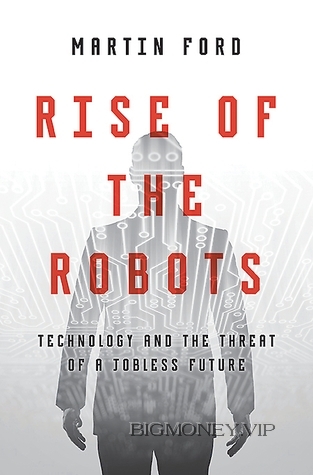
Chapter 1
The
Automation Wave
A warehouse worker approaches a stack of boxes. The boxes are of
varying shapes, sizes, and colors, and they are stacked in a somewhat
haphazard way.
Imagine for a moment that you can see inside the brain of the
worker tasked with moving the boxes, and consider the complexity
of the problem that needs to be solved.
Many of the boxes are a standard brown color and are pressed
tightly against each other, making the edges difficult to perceive.
Where precisely does one box end and the next begin? In other cases,
there are gaps and misalignments. Some boxes are rotated so that
one edge juts out. At the top of the pile, a small box rests at an angle
in the space between two larger boxes. Most of the boxes are plain
brown or white cardboard, but some are emblazoned with company
logos, and a few are full-color retail boxes intended to be displayed
on store shelves.
The human brain is, of course, capable of making sense of all this
complicated visual information almost instantaneously. The worker
easily perceives the dimensions and orientation of each box, and
seems to know instinctively that he must begin by moving the boxes
at the top of the stack and how to move the boxes in a sequence that
won’t destabilize the rest of the pile.
This is exactly the type of visual perception challenge that the
human brain has evolved to overcome. That the worker succeeds
in moving the boxes would be completely unremarkable—were it
not for the fact that, in this case, the worker is a robot. To be more
precise, it is a snake-like robotic arm, its head consisting of a suction-
powered gripper. The robot is slower to comprehend than a human
would be. It peers at the boxes, adjusts its gaze slightly, ponders some
more, and then finally lunges forward and grapples a box from the
top of the pile.
The sluggishness, however, results almost entirely
from the staggering complexity of the computation required to per-
form this seemingly simple task. If there is one thing the history of
information technology teaches, it is that this robot is going to very
soon get a major speed upgrade.
Indeed, engineers at Industrial Perception, Inc., the Silicon Val-
ley start-up company that designed and built the robot, believe the
machine will ultimately be able to move a box every second. That
compares with a human worker’s maximum rate of a box roughly
every six seconds.
Needless to say, the robot can work continuously;
it will never get tired or suffer a back injury—and it will certainly
never file a worker’s compensation claim.
Industrial Perception’s robot is remarkable because its capabil-
ity sits at the nexus of visual perception, spatial computation, and
dexterity. In other words, it is invading the final frontier of machine
automation, where it will compete for the few relatively routine, man-
ual jobs that are still available to human workers.
Robots in factories are, of course, nothing new. They have be-
come indispensable in virtually every sector of manufacturing,
Rise of the Robots: Technology and the Threat of a Jobless Future by Martin Ford




